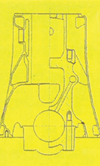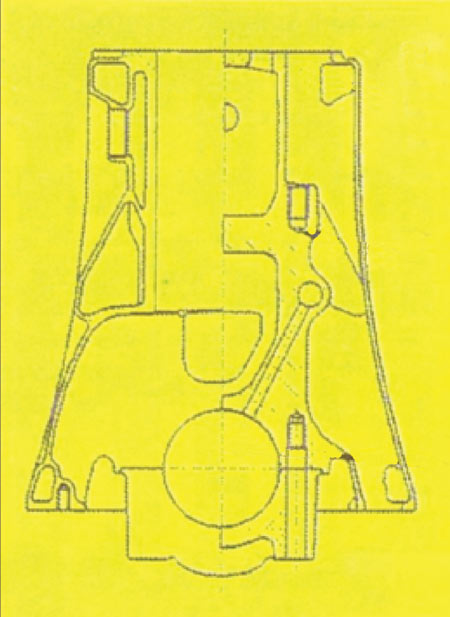CGI - The way ahead?
 At the time of writing there is much speculation about the new engine regulations in Formula One. Originally scheduled for 2013, the fact that discussions with the various interested parties are still ongoing must surely indicate that some form of accord has yet to be struck.
At the time of writing there is much speculation about the new engine regulations in Formula One. Originally scheduled for 2013, the fact that discussions with the various interested parties are still ongoing must surely indicate that some form of accord has yet to be struck.
In order to design and develop a new unit, as well as working out the best options in any semblance of order, two years is perhaps pushing things a little, so 2013 seems rather optimistic now. Gone are the days when the designer can scheme out an entirely new engine in his front room in six months and expect it to perform straight out of the box, as in the case of the DFV.
But setting aside the difficulties of getting an engine up and running in time, the chatter on some Formula One websites has for some reason been all about diesels. Let me say at this point that I doubt very much whether Bernie would agree to anything resembling a diesel engine anywhere near the grid of a Grand Prix but the presence of Porsche/Audi throughout the technical discussions does instil some degree of doubt.
It is of course most likely that the Porsche brand may be seen back on the grid in future years, but if we consider that the Formula One engine of the future is all about technology then I can't really see why Audi might not want to be there either. Manufacturers of diesel engines they may be, but the technology of the diesel engine has come on a long way since the mid-1990s.
Common-rail diesel combustion pressure of more than 200 bar has led to the development of thin-wall cylinder blocks carrying parent metal liners which are not only much lighter than previous cast-iron cylinder blocks but, as a result of improved FEA techniques, are much stronger too. The cast iron in question is called compacted graphite iron (CGI) and has been so successful in modern diesel units that its use - or so I am reliably told - is now being examined for gasoline engines.
For race engines the material of choice is usually aluminium. Cast as an open block with plated aluminium liners, the structure loses some of its stiffness. Cast with parent metal bores in situ, some of this stiffness can be reclaimed but the strength/stiffness of aluminium, particularly at elevated temperatures, can still leave much to be desired. CGI blocks, however, especially with integral cast liners - and especially when cast down to 3.5 mm section width or less - can be so much stiffer, retaining the shape of the bearings and the cylinder bores better than aluminium ever could.

The particles of graphite appearing as individual 'worm-shaped' or vermicular particles in the iron along the cylinder bore surface can also be run directly against most ring plating technologies to give excellent wear characteristics. For the ultimate, skeletal blocks using CGI for the load paths cast into aluminium 'skins' are also being investigated apparently.
In the1980s, BMW used an iron block for its 1500 cc Formula One turbo unit. Producing a reputed 1150-1200 bhp at a little over 5 bar qualifying boost, these units added a spectacle to the grid rarely seen before.
If, as we are led to believe, the shape of Formula One is to be four-cylinder 1600 cc turbos running at something around 3 bar boost, then the strength in the cylinder block will count for a lot. While it remains to be seen if CGI is the optimum route, developments would at least be relevant to the roadcar industry.
Fig. 1 - Inline CGI block
Written by John Coxon